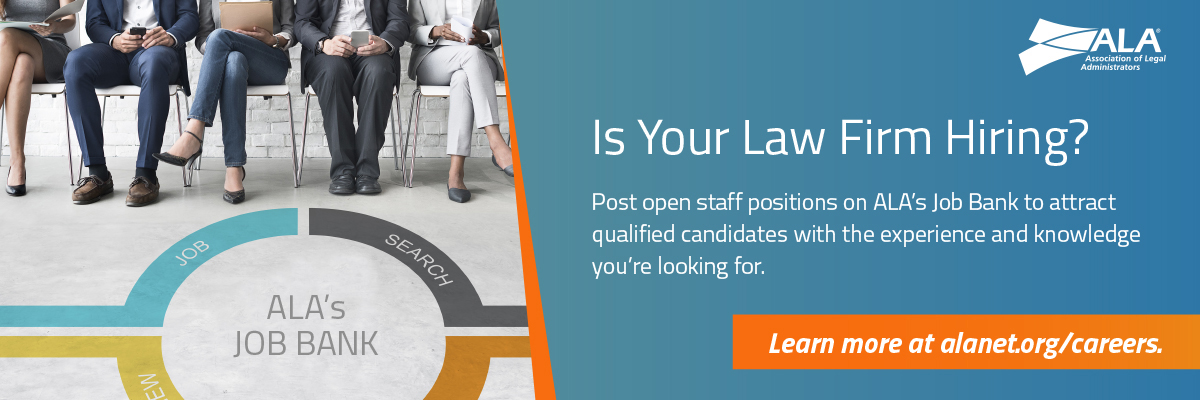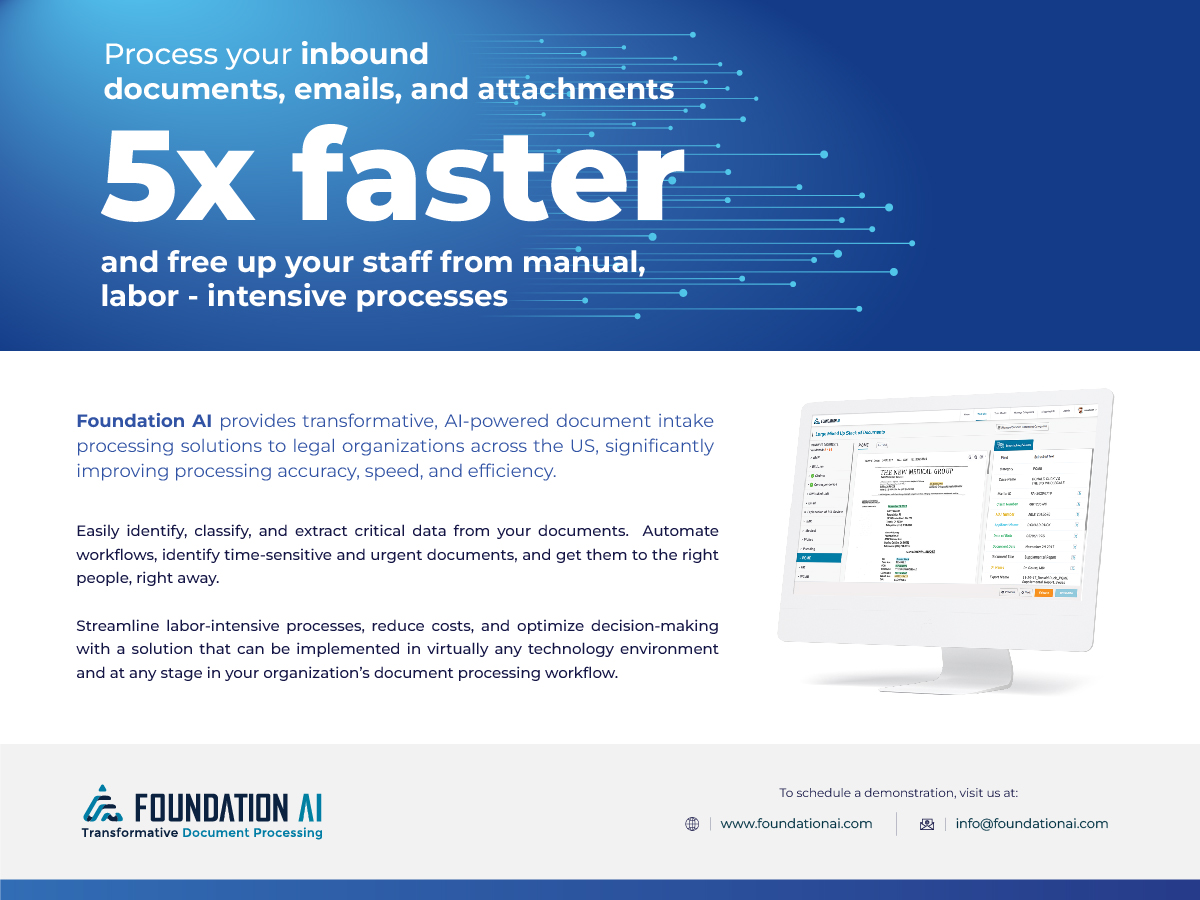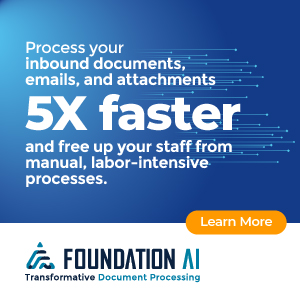The 25-office firm, though, is taking an even more tech-forward approach to service delivery — which includes offering a number of self-service tools clients can access via its website.
Some, according to Kate Orr, a former litigator who now serves as the firm’s global head of practice innovation, have resulted from an attorney or practice leader coming to her team with an idea. One firm member has noticed a need for a form clients could complete to obtain specific information about a topic.
Orrick Labs, launched five years ago, builds many of the solutions. But before work starts, the team internally scopes out the project parameters, including the involved requirements and who the end users will be, to understand what needs they’re trying to meet with the proposed solution, how it aligns with the firm’s strategy and the potential return on investment.
“When we see a need in the market for a particular tool — whether for our clients, or just for the market more generally — we work with our lawyers to build those tools,” Orr says. “We’ve learned over time that we need to have a process. We can’t just say yes and execute on every idea because not all ideas are great ones, and we [have] finite resources. If it makes sense to build, we carry the heaviest part of that load and just try to leverage the lawyers for their substantive know-how.”
A TECH-CENTRIC MINDSET
In recent years, several law firms have contemplated how they might be able solve some of the challenges their clients are facing with technology — and how it could strategically tie into their value proposition, according to Daniel W. Linna Jr., Senior Lecturer and Director of Law and Technology Initiatives at the Northwestern Pritzker School of Law and McCormick School of Engineering.
The overall thought process, Linna says, may have been a logistical progression from law firms utilizing legal process outsourcing resources that are located in other cities or countries to help reduce costs.
“Once you start thinking that way about how you can disaggregate legal work, you can better understand the process of delivering legal work,” he says. “You then can also start seeing opportunities to develop technology that can help with the delivery of legal services.”
The cutting-edge tech efforts can stem from a relatively small group of firm members who, with the continued client pressure to deliver value, may be able to attain buy-in from leadership.
“Sometimes, [it’s] even just one innovative lawyer who saw an opportunity and was able to navigate the organizational dynamics to get the approvals to build the technology tool,” Linna says. “It’s becoming more and more commonplace, where firms are realizing the potential advantage — and in some cases, the necessity — of doing these things to be able to satisfy and retain clients.”
“We’ve learned over time that we need to have a process. We can’t just say yes and execute on every idea because not all ideas are great ones, and we [have] finite resources.”
The outcome has involved firms introducing tech solutions ranging from items that streamline external communication, such as chatbots, to tools powered by large language models — an AI-based functionality that can be trained to comprehend and use existing content to create new content, such as a draft of a document.
Being able to leverage information from previous matters the firm has worked on within an industry or for a certain client could, according to Linna, give the organization an edge in the market.
“There’s a lot of interest in developing large language models,” he says. “If you have data that your competitors do not have, that’s something — even if your competitors were willing to spend all the money in the world — they can’t recreate, most likely. If you have a lot of data from that relationship, can you differentiate yourself [by] creating your own tool, with your own fine-tuned large language model, in that space?”




